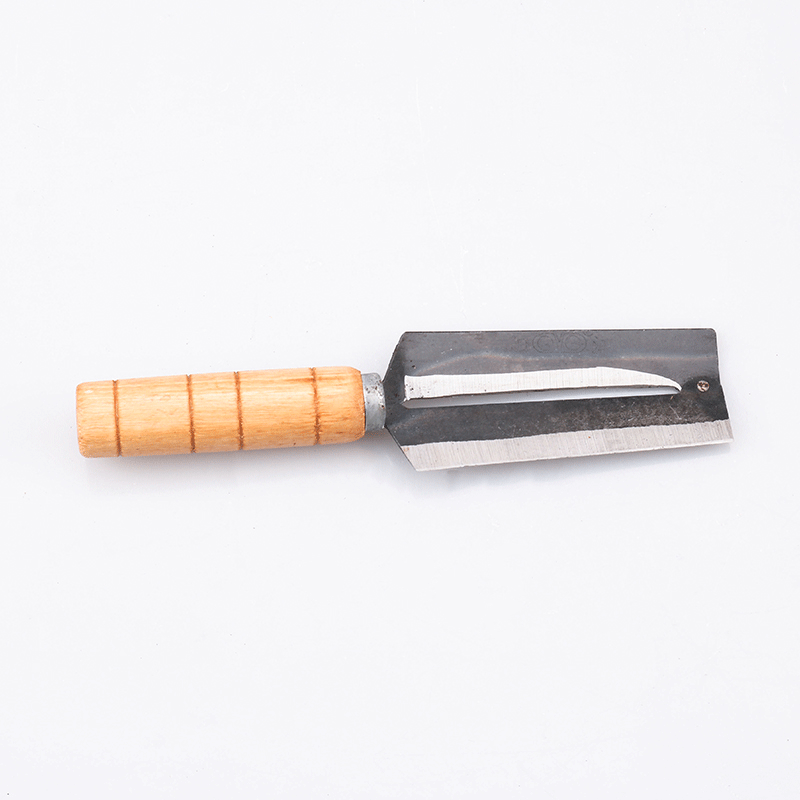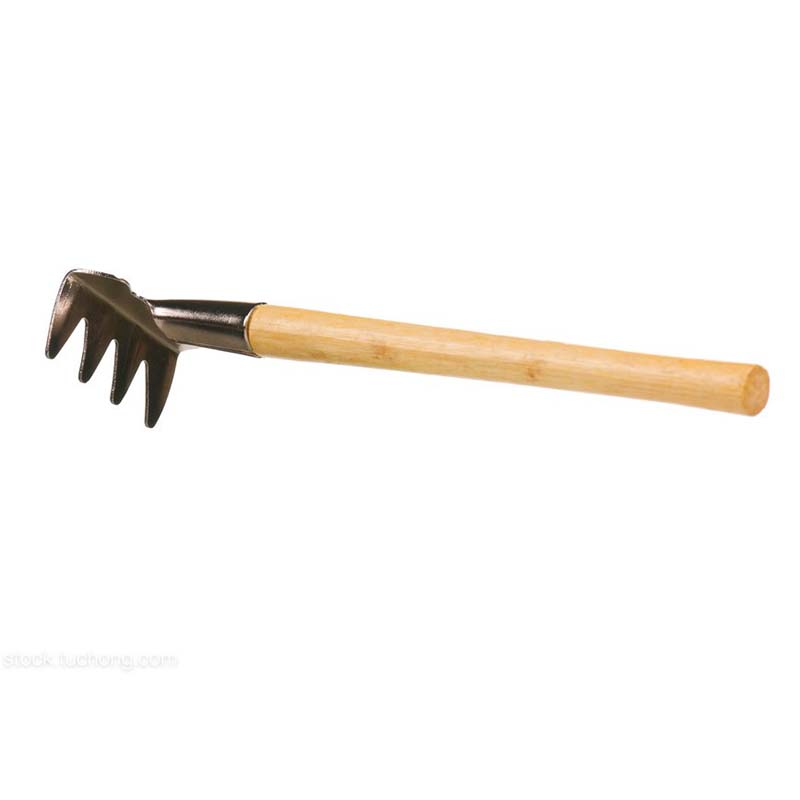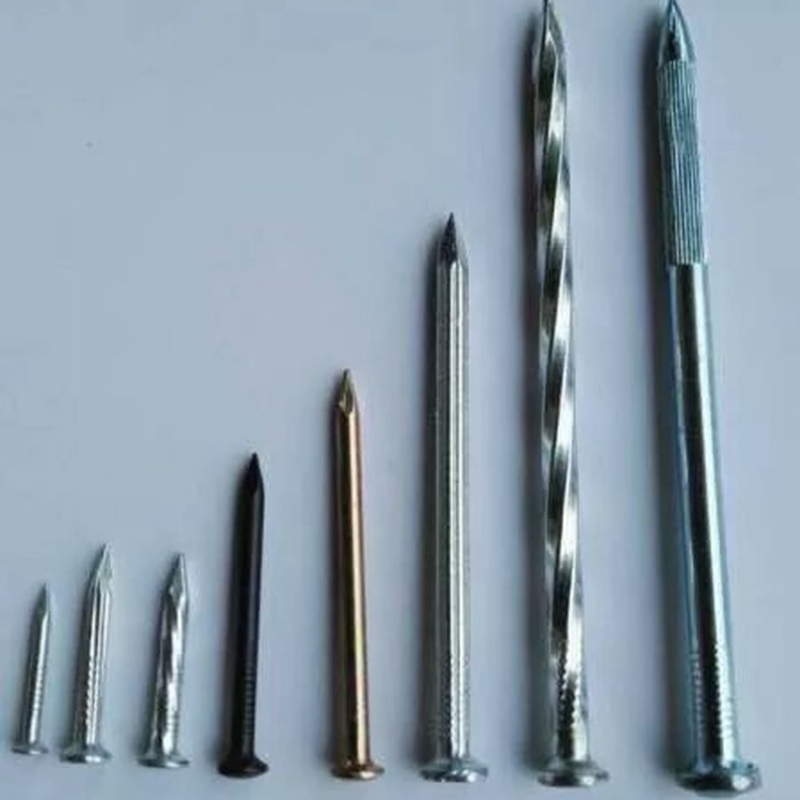can knife the best farmer tool from factory
Preparation before sharpening the knife:
1, first observe the blade: the blade toward the eye, so that the knife surface and the line of sight into ≈30°. You'll see an arc in the blade -- a white blade line, indicating that the knife has become dull.
2, prepare the whetstone: Be sure to prepare a fine whetstone. If the blade line is thick, also prepare a quick rough whetstone, used to sharpen the knife quickly. If you don't have a fixed sharpener, you can find a thick cloth (towel type) to pad under the sharpener stone. Pour some water on the whetstone.
Start sharpening the knife (take the blade line as an example) :
1. Grind the inner edge surface first. Make the kitchen knife and the whetstone at an Angle of 3° ~ 5° (the smaller the inner edge surface, the less effort to cut vegetables). When sharpening the knife back and forth, keep this Angle basically unchanged. After a few dozen strokes, observe the blade in method 1.1 until the blade line is very small. If you continue to sharpen the knife, the blade will curl and the blade line will increase.
2. Then grind the outer edge surface. Make the kitchen knife and the whetstone at an Angle of 5° ~ 8° (the outer edge surface ensures that the cut dishes can be separated from the kitchen knife smoothly, but it should not be too large). When sharpening the knife back and forth, keep this Angle basically unchanged. After a few dozen strokes, observe the blade in method 1.1 until the blade line is very small. If you continue to sharpen the knife, the blade will curl and the blade line will increase.
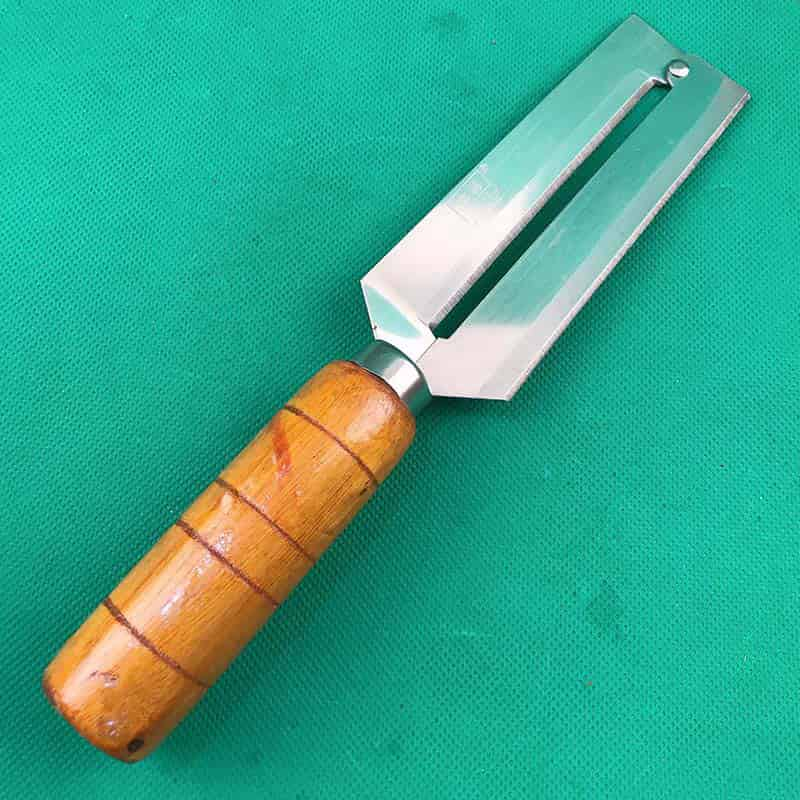
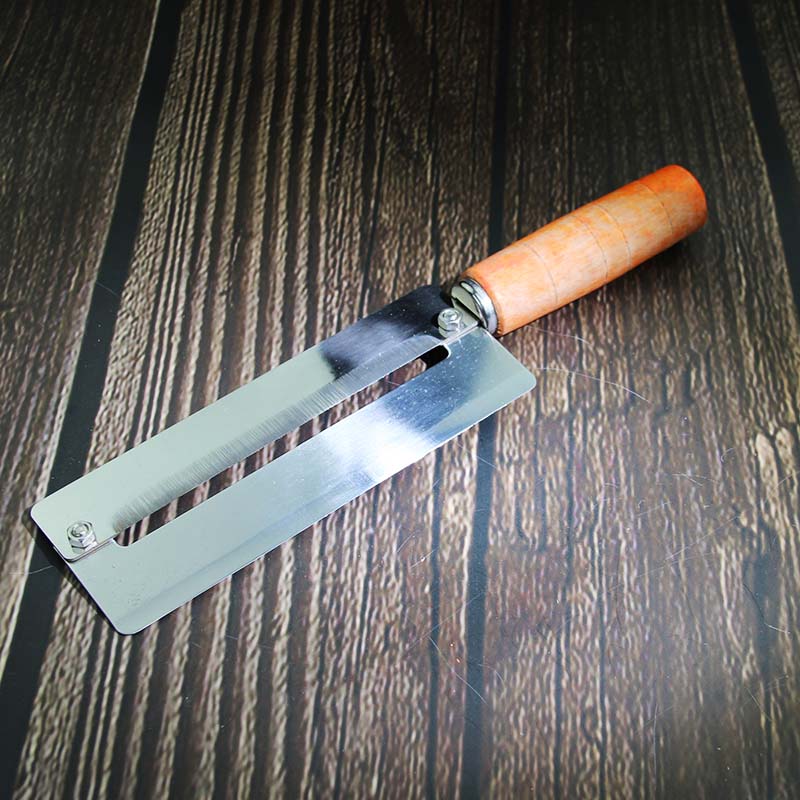
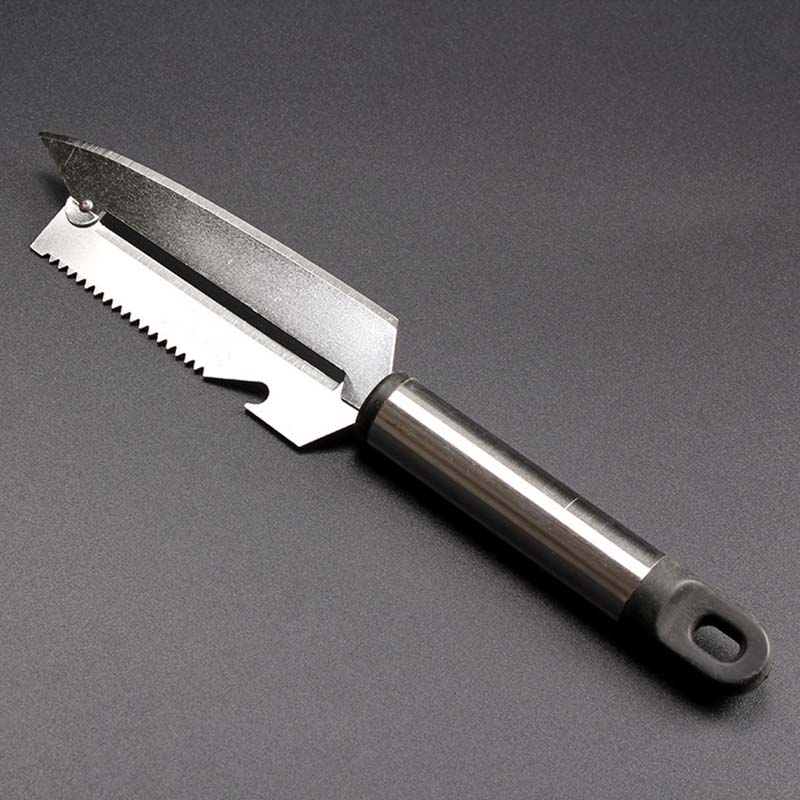
Grind to the following results:
A No rough grinding on the edge. The edge surface is bright.
B Run your hand along the edge of the blade without curling (no curling).
C Observe the blade in method 1.1 until the blade line is so small that the blade is barely visible.




